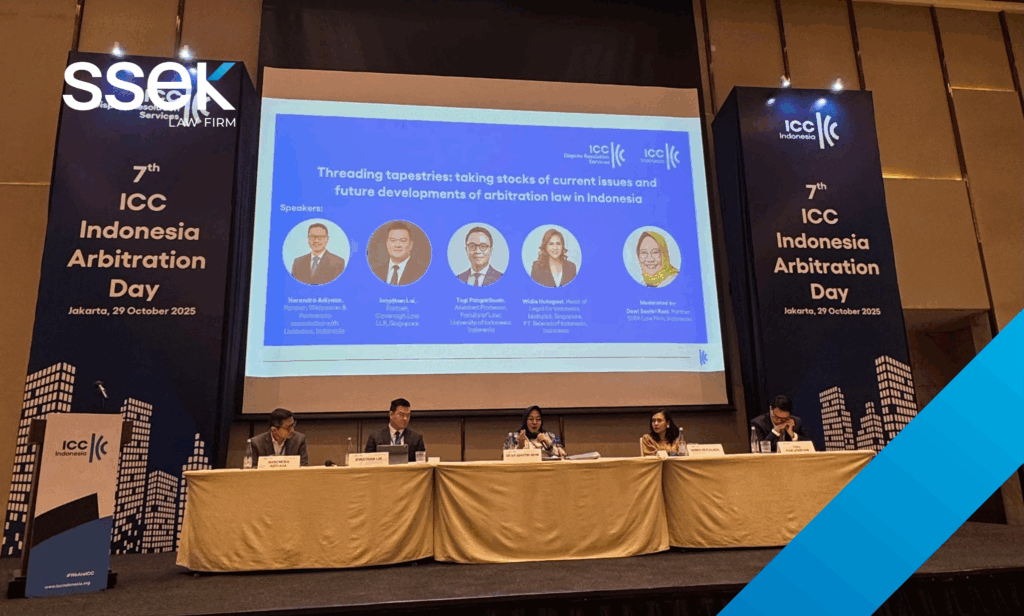The High Court has dismissed an attempt to bring a claim for misuse of private information as an “opt-out” representative action under CPR 19, where the representative claimant was seeking damages based on a “lowest common denominator” of the claimant class: Prismall v Google UK Ltd [2023] EWHC 1169 (KB).
While the case did not arise in a financial services context, banks are a common defendant target for collective proceedings. The outcome may therefore impact the risk profile of claims against financial institutions, not only in respect of data class actions (the subject matter of the present decision), but extending to class actions more generally.
A representative action under CPR 19 can only be brought if the represented class has the “same interest” in the claim. In its high profile decision in Lloyd v Google [2021] UKSC 50 (considered here), the Supreme Court found that a claim for compensation for alleged breaches of data protection legislation could not get round this hurdle by disclaiming any reliance on class members’ individual circumstances, as such claims require proof of damage and cannot be brought for the mere loss of control of data.
The present claim failed because, if assessed on an irreducible minimum basis, it could not be said that every class member had a viable claim. But conversely, if individual circumstances were taken into account, that would mean that the “same interest” test was not met. Either way the claim was bound to fail.
The decision refers in passing to the recent decision in Commission Recovery Ltd v Marks & Clerk LLP [2023] EWHC 398 (Comm) (considered here), where the High Court allowed a claim in respect of secret commission to proceed as a representative action. In that case, the court appeared to accept that some elements of the claim might differ depending on class members’ individual circumstances, and that some information or decisions (e.g. as to remedy) might be needed from them in due course. However, it did not see this as an impediment to allowing the representative action procedure to be used, as there was no conflict of interest between the claims of class members.
It is not easy to reconcile the court’s willingness in Marks & Clerk to allow the representative action procedure to be used where there were potentially significant differences between claimants’ individual circumstances, with the recognition in the present case (and in Lloyd v Google) that a need to take account of individual circumstances would be inconsistent with the “same interest” requirement. This is a developing area of procedural law which we will continue to monitor with interest, given the implications for large corporate defendants.
For more information on this decision, please see our Litigation Notes blog.

For further information, please contact:
Natasha Johnson, Partner, Herbert Smith Freehills
natasha.johnson@hsf.com




